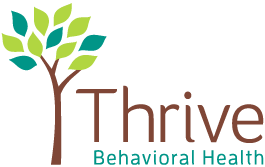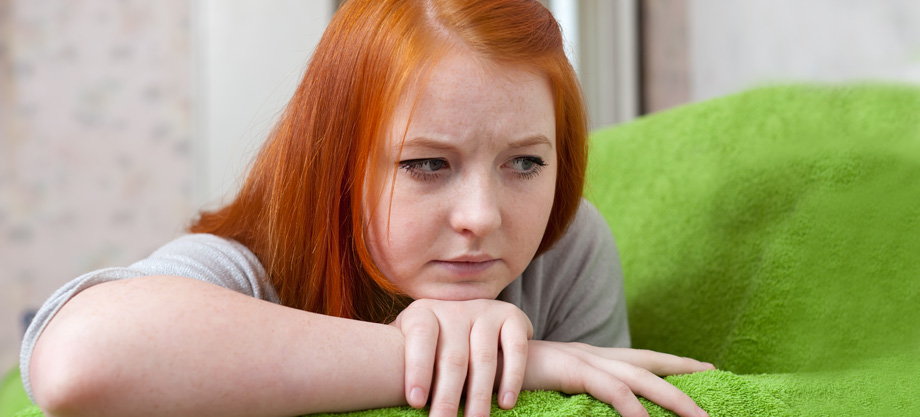Help is available for children with severe anxiety
If you believe that your child could be struggling with anxiety, or if other people are sharing their concerns about your child’s behavior with you, we encourage you to discuss it with us at the first signs or symptoms. We can help determine if your child’s anxiety is a passing stage or a more persistent anxiety disorder. Anxiety disorders, of which there are many types, can be treated with therapy, medication or sometimes a combination of the two. We are here to help guide you in choosing the most successful treatment option for your child.
Generalized Anxiety Disorder
Children with Generalized Anxiety Disorder (GAD) may worry excessively about all kind of things, such as school, grades, past performances, family issues, friend issues, natural disasters, safety or disease and illness. They have a hard time getting their mind off their worries and often describe themselves as “worriers and perfectionists.” This group of children sets high standards and can be very hard on themselves when they believe they have fallen short of their goals. Children with GAD often compare themselves to others and need frequent reassurance and approval from adults. They may act restless, irritable, fatigued or tense.
Obsessive-Compulsive Disorder
Obsessive-Compulsive Disorder (OCD) is a type of anxiety disorder that occurs when children are unable to get their mind off of intrusive thoughts. These excessive and intrusive worries cause them to spend extreme amounts of time thinking about certain fears (obsessions), or doing unusual things to relieve their worries (compulsions). When something has gone from being a normal part of a child’s life to something that overwhelms their thoughts, or when you see your child behaving as if they are forced to do something repeatedly, please see us.
Common obsessions can include:
- Germs or dirt
- Illness or injury (personal or of a loved one)
- Need for perfection, organizing a certain way
- Making mistakes
- Thinking or acting on a bad thought
- Unlucky words or numbers
- Needing to have things “just so”
- Counting things
Common compulsions can include:
- Excessive hand washing
- Counting over and over
- Checking something over and over
- Arranging things in a particular way
- Re-reading, erasing, rewriting
- Touching (e.g. touching every single crack in the sidewalk)
- Doing things a certain number of times
- Becoming extremely upset when ritualistic behavior is interrupted
Phobias
Many kids have age-appropriate fears, such as being afraid of the dark. Most of the time, reassurance and simple solutions, such as a nightlight, help them overcome their fears. If the fear grows over time instead of improving, and it causes intense anxiety that interrupts your child’s functioning, please seek our help.
Separation Anxiety Disorder
Many children become upset when separated from their parents, especially when they are under the age of 3. It is not uncommon for children to cry when left at preschool or a new environment. Typically, children will cry for a few minutes, then be successfully comforted. Children with Separation Anxiety Disorder become excessively upset and anxious when they cannot be with their parents or caregivers. When separated from their parents, they might cry for long periods of time and be extremely difficult to comfort. They may worry that harm will come to their parents when separated, have nightmares, demand that parents sit with them at night, or avoid leaving home to go to sleepovers, camp or school.
Social Anxiety Disorder
Social situations can be uncomfortable for children, but most kids manage their anxiety and feel comfortable being around others. Children with Social Anxiety Disorder have an intense fear of social situations (meeting new people, starting a conversation) or activities where they might be called upon to perform (give a speech). These children may cry, throw a tantrum, cling to an adult, or refuse to speak in social situations. Frequently, they go out of their way to avoid uncomfortable social situations, which can have a significant impact on their ability to successfully function at school or with their peers.


